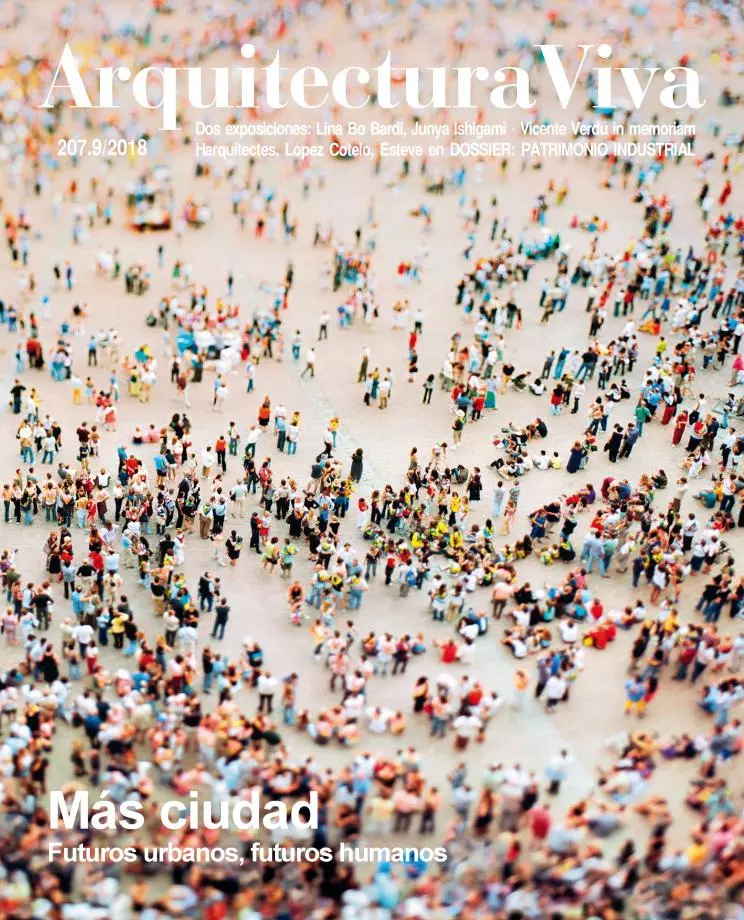
Journalist, poet, and painter, Vicente Verdú went from the intellectual prose that became his profession to the emotive lyricism into which he poured his intuition, and on to the artistic practice that culminated his life’s journey, dramatically brought to a close this fateful summer. With his French training and Anglo-Saxon fertilization, Verdú hid the vast breadth of his knowledge behind a dazzling literary talent that pretended to come simply from an exacerbated sensitivity. Holder of a PhD in social sciences from the Sorbonne and a fellow of the Nieman Foundation of Harvard University, he stirred up Spanish journalism with his versatile curiosity as editor-in-chief of Cuadernos para el Diálogo, then as a key figure of the daily El País, where he headed the opinion and culture sections, writing uninterruptedly from 1982 until his death; work he combined with the publication of numerous books, among them the essential El estilo del mundo: la vida en el capitalismo de ficción.
With him I shared many years of weekly meetings in the programming of the literary supplement of El País, first called de los Libros and later de las Artes y las Letras, where Verdú gave Juan Luis Cebrián’s newspaper a novel dimension, bringing the everyday into the public arena the way he had previously done in his poetry and essays, and tackling themes like happiness or comfort. In 1993, El País’s second director, Joaquín Estefanía, tasked both of us to create an architecture page, and this was published until 2006. Our friendship grew during those fourteen years, as did my admiration for him. His devotion to architecture, in turn, increased steadily, and would contaminate a good part of his articles and columns, so much that no one was surprised when the Madrid Institute of Architects made him an honorary member, a distinction he took much pride in, over and above his innumerable journalistic awards.
He wrote memorable pieces for Arquitectura Viva, and in the newspaper left abundant testimony of his fondness for this magazine and the people behind it. In the final years, his passion for architecture shifted toward painting, an activity he threw himself into with abandon. I wrote the foreword to one of his exhibition catalogs and was the first buyer of his canvases, fascinated as I was by the energy and chromatic quality of his painting. The diagnosis and evolution of his cancer gave rise to a farewell ceremony that went on for months. Early this year he published three books that wrap up a brilliant trajectory: the aphorisms of Tazas de caldo are a lucid synthesis of his thinking, the poems in La muerte, el amor y la menta convey with emotion his experience of illness, and the canvases included in Celebración de la pintura constitute his final artistic legacy. When someone of such diverse talents and achievements goes, convention makes us seek consolation in the work that the person left. But Vicente was and no longer is, and we inconsolably wonder what became of so much invention, what was it but the fleeting verdant green of the fields.





